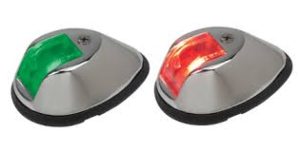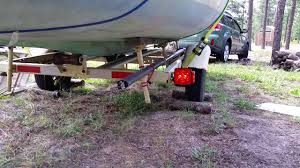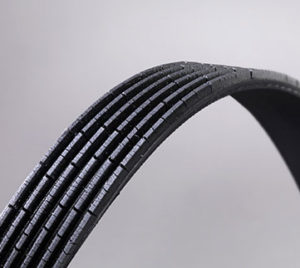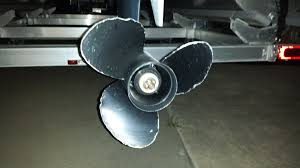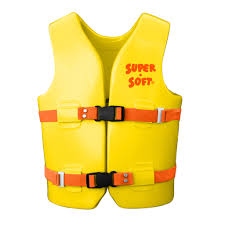Is Your Boat Ready for Summer?
Will your boat be ready when Nature stops the snow and cold weather?
Spring weather is only about a month away. Start now to get ready for the boating season. It’s an exciting time of the year. Of course, Mother Nature still has a say in the timing of the warmer weather. However, eventually it will arrive and with it – Boating Season!
You went through all the steps in Fall to winterize your boat. Now, it’s just as important to prepare it for the summer boating. You can’t just drop your boat in the water and go.
Here is a list of things to check before the boating season starts:
Boat Batteries
Checking the battery is a given. When you do so be sure to check the following:
- Is it fully charged?
Are all battery terminals clean and secure?
Is there corrosion on the boat cables? If yes, it is time to replace them.
Are the cable clamps clean?
Charge your battery and check it with an amp meter. Check its health now and again in a month. Make sure to replace any battery that did not hold a charge.
Don’t wait until you are ready to launch your boat and find out the battery is weak or dead.
Check all Boat Lights
Now that we know the battery is good be sure to check all of the lights. Plus, clean and tighten all connections. When the boat is bouncing on the water,
a loose connection can cause serious problems. Do you have replacement bulbs available in your kit? Ensure that all wires and connections are clean and tightened.
Electric System
- Inspect all electrical connections have clean, tight, corrosion-free connections.
- Remove corroded terminals and use a wire brush to clean them, along with all cable ends.
- Charge your battery and have it tested to ensure it can hold a charge.
Boat Trailer lights
You’re checking the boat batteries and wires but how about the trailer wiring. Are the connectors clean? Is the connector on your vehicle clean?
There’s nothing worse than following a trailer with no lights or flickering lights.
Oil
If you didn’t change the oil before storing your boat in fall, be sure to do that before you use it in the spring.
Change the drive oil and the filter at the same time.
Is it time for a new oil filter? How about the gas filter?
Cooling System
Now it’s time to check your boat’s cooling system. In fall, you drained the cooling system to prevent the lines from freezing. Now it’s time to fill it again. Check all hoses for any cracks, especially at the clamps. Empty any raw water at the intake strainer.
Fluid Levels
- Check all fluid levels
- Be sure to change engine oil, oil filters and drive lubricants if you didn’t do it during fall weatherization.
Are the gas hose and connections free of cracks? - Inspect the fuel system for leaks and pay attention to fuel hoses and connections.
- Evidence of a damaged fuel hose includes brittleness and cracking.
- Are the engine, exhaust, and ventilation systems functioning correctly?
- Don’t use fuel that contains more than 10% ethanol (E10) as it will damage your engine. Better yet – don’t use ethanol in your motor at all.
Remember to keep fuel in your boat over winter to keep moisture out of the fuel tank. We recommend the use of NON-ethanol gas over winter to help prevent gumming up the carburetor, plugs or fuel injectors.
Distributor
Check the distributor for corrosion. You can check the distributor by removing the cap and visually inspecting it. Make sure to re-attach it securely.
Belts
To determine if the belts need to be replaced, push down on them. Belts should only bend slightly when you do this. If a belt gives a lot when you apply pressure, it needs replacement.
Look for black soot around the timing belts and on the pulleys. If present it is a sign of a bad timing belt. The edges are rubbing against something. Keep in mind that the alternator belt tends to wear out the fastest.
Worn belts may leave a black residue or soot near a pulley and will fit loosely. Check the underside of the belt for cracks and signs of wear.
Propellers
- Inspect propellers for pitting, cracks and distortion.
- Damaged propellers will cause vibration and damage to your drive train.
- Make sure the propeller is secured correctly, and have the bearings replaced when needed.
- Inspect the boat hull, looking for blisters, distortions, and cracks.
Drain plug
Be sure to install the drain plug before launching. Remove it when the boat is on your lift so water does not accumulate.
Finally, but not least
Check your life jackets. Are they in good condition? Are there enough on board for all potential passengers and are they the correct size?
- Be sure all fire extinguishers are the correct class for your vessel and are charged and stowed in the proper place.
- Take advantage of any safety inspections offered by the US Coast Guard (USCG), USCG Auxiliary or US Power Squadrons.
- Follow this link for more information:
Happy Boating!
Do you have a friend that may be interested in this information? Please share a link to this page with them.
Pier & Waterfront Solutions
PWS is located at 7325 St. Hwy 57. That’s 1 mile North of County MM (Hwy 42) and 3 miles South of Sturgeon Bay at the Idlewild Road intersection.
Our staff is here year-round to assist you.


